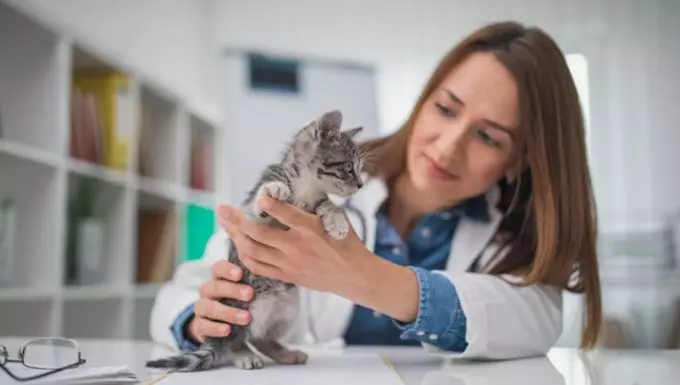E. coli infection, medically referred to as colibacillosis, is a significant bacterial condition affecting felines, particularly in the intestinal tract. This infection poses a major health risk, especially for young kittens, who can easily contract the bacteria from their mother’s infected milk. As such, understanding the implications of this infection, along with its causes and means of treatment, is essential for all cat owners.
Recognizing the symptoms of E. coli infection is critical in ensuring early treatment. Some of the most common clinical signs include dehydration, vomiting, and loss of appetite. Additionally, a cat experiencing this infection may exhibit lethargy, a noticeable increase in heart rate, and a cold sensation on their skin. In more severe cases, diarrhea may also occur, which can further exacerbate dehydration. These symptoms can appear suddenly, and a timely veterinary consultation is paramount for diagnosis and treatment.
While the most typical cause of E. coli infection in cats is contact with an infected mother cat, several environmental factors can also play a role. Unsanitary living conditions, inflammation of the mammary glands, or complications during birth can all contribute to the spread of the bacteria. Additionally, feeding raw meat can introduce pathogens to a cat’s system, leading to possible infections. Notably, unborn kittens can acquire the infection while still in the womb, demonstrating the importance of a healthy environment for pregnant cats.
When a cat exhibits signs of E. coli infection, veterinary intervention is crucial. The diagnostic process begins with a discussion of the symptoms and potential exposure to bacterial sources. The veterinarian will then perform a thorough physical examination and may recommend blood tests, urine tests, and a stool sample analysis. This comprehensive approach helps pinpoint the infection and rule out other possible health issues affecting the cat.
Treatment often requires hospitalization, especially for kittens who are more vulnerable to severe symptoms. Therapeutic measures typically include fluid therapy to combat dehydration and antibiotics to help eliminate the bacterial infection. Adhering to the veterinarian’s guidelines regarding medication dosage and duration is vital for effective recovery. It is essential for cat owners to follow these instructions diligently, ensuring that the full course of treatment is completed to prevent recurrence.
As the adage goes, prevention is always better than cure. To minimize the risk of E. coli infections, it’s crucial for cat owners to maintain a clean living environment, ensure that pregnant cats are in good health, and monitor their diets. Ensuring that the mother cat is healthy and receiving proper care can significantly reduce the likelihood of transmitting the infection to her kittens. By taking these preventative steps, feline owners can help safeguard their pets against E. coli infection and promote a long, healthy life for their cats.
Understanding the complexities surrounding E. coli infections in cats reinforces the importance of vigilance and proactive care in feline health management. Have you ever encountered this issue with your cat? Sharing experiences can be valuable for others in the cat-loving community.


Leave a Reply